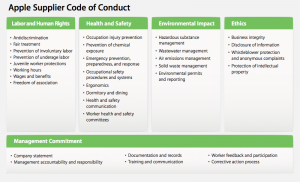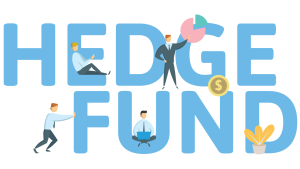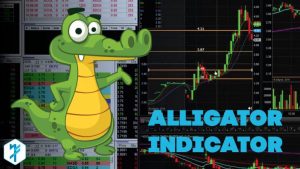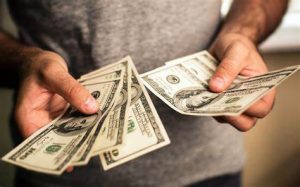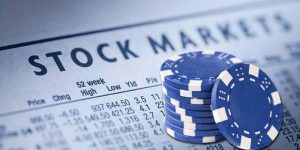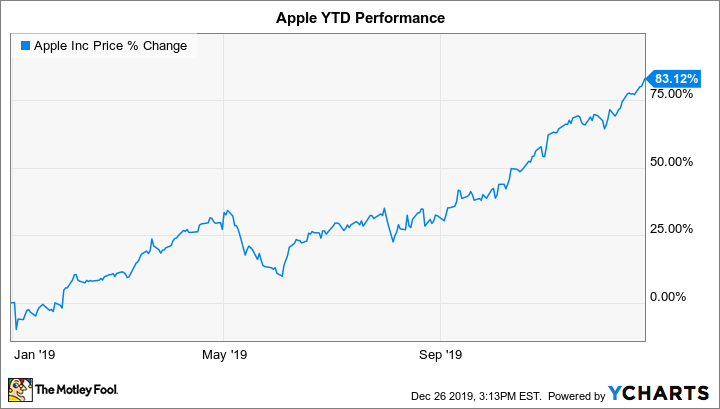
![]() Join the forum discussion on this post – (2) Posts
Join the forum discussion on this post – (2) Posts
This is part 1 in a three part series of articles where I’m going to chronicle the price movement of Apple (AAPL) and relate it to significant events initiated by Apple, third parties and the economy.
So, what’s the purpose of these articles? What can we learn about rehashing history, isn’t it more important to look at what’s happening in the here and now? Quite frankly no! Technical analysis is all about examining the past in order to predict the future. By looking at what really influenced Apple over the years, we can learn what type of influences are responsible for the really big moves. And by understanding that, perhaps we’ll recognize the next big thing.
Apple is a mature company, it’s been doing business since 1976, when Steve Wozniak created the Apple I in his garage. It was a kit computer that required assembly. He tried to sell it to HP, but they weren’t interested. Woz realized that he wasn’t any kind of sales guy, so he turned to his friend Steve Jobs to help him out. Steve saw the potential right away, got stoked, and so they started Apple Computer. They were able to sell a small number of the kits, but it wasn’t going anywhere. The Woz produced a prototype of the Apple II, and Steve found some interested financiers, and they were off to the races.

VisiCalc was the first “Killer App” on a Personal Computer
From 1976 until 1984 Apple had a rich history with a lot of significant advances, but it was essentially a private boutique company with some very interesting and ground breaking products. Apple created the era of personal computing. But what made the Apple computer a huge hit, was a killer application. Most will agree that was VisiCalc, a spreadsheet.
So, this article really isn’t about the complete history of Apple. I’m more interested in picking up from when Apple became a mainstream computer company in 1984, when it introduced the Macintosh. So, we’ll skip over the really early years, and pick things back up in January of 1984.
Macintosh Goes Public – January 22, 1984
Apple went public with the Macintosh on January 22, 1984 at $3.83; but by mid-August of that year it had declined by nearly 50% to $1.81. Apple introduced the world to Macintosh during Superbowl XIIX with one of the most famous commercials in television history, the Orwellian 1984 commercial. I bought a Mac the next day, along with an ImageWriter II and an external floppy drive for a little over $3,000. It had no hard drive and only 128K of Ram. That experience is another story for another time.
In retrospect, it’s clear that had you bought into Apple’s IPO back in 1984, you probably would have been shaken from the stock, as the stock was all but dead, and didn’t get rise above the IPO price for nearly two years. All in all, 1984 was a tough year for Apple, people really didn’t know what to make of the Mac, and were wondering what was to become of the Apple II line of computers; which had brought Apple to the ranks of a billion dollar company. Apple’s stock price was essentially flat for most of 1984, even in the face of an economic turn-around in the economy. Unfortunately the chart below is unable to reproduce the 1984 price movement, but trust me it was flat.

Apple (AAPL), The Early Years (click to enlarge)
Apple Needs a Life Line
The first half of 1985 was a real downer for Apple, the stock hit rock bottom by mid year. And this was in a very positive economic environment, as the broader markets were starting the first leg of a multi-year Bull market.
With Apple making no progress since its 1984 IPO, and with the Mac just limping along, Apple attempted another 1984 type commercial to introduce Macintosh Office. So they released the infamous Lemmings commercial during Superbowl XIX. Unfortunately it didn’t resonate with people, and was deemed a flop that started a six month dive in Apple’s stock price. The failure of the commercial, especially when compared to the 1984 Superbowl commercial, completely overshadowed the ground-breaking technology that was introduced.
This was indeed unfortunate, because Macintosh Office introduced the world to personal computer networking and high resolution printing, with the Apple Network and the LaserWriter. Ultimately, these two products would prove themselves to be the start of a new revolution in personal computing, and that was personal Desktop Publishing.
Unfortunately the stock continued to decline, as the media simply wouldn’t let go of the failed marketing message. This started an internal power struggle at Apple, as Jobs’ influence began to wane with investors.
May 1985: Tensions were running high at Apple with a power struggle between Steve Jobs and John Scully. Steve tried to oust Scully by forming a coup against him. But it backfired as John Scully took control, and stripped Jobs of all his duties, his job description became “Global Thinker.” The Corporate PR at the time was to characterize Steve Jobs as out of his league, and incapable of running a billion dollar company.
July 1985: With Jobs out of the way, Bill Gates saw an opportunity, and contacted Scully trying to convince him to license the Mac OS and have third parties create Mac clones. The combination of a strong corporate leader, new business deals in the offering, and an economy on the rebound started to lift Apple’s share price.
September 1985: Things started to look even better for Apple as they reported to sell 500,000 Macs. And with an experienced CEO at the helm, and Macs flying out the door, Apple’s stock price continued to rise. At this point Steve Jobs had become completely marginalized, so he started his own PR campaign in retaliation. Finally Jobs, had enough and resigned on September 17. Apple looked to protect themselves against an angry Steve Jobs by filing suit to prevent him from using Apple technology in whatever new venture he took on.
November 1985: Later that year Sculley inks a deal with Bill Gates to let Microsoft use Macintosh technology in Windows, so long as Microsoft continues to produce products for the Macintosh. A few weeks later Microsoft released Excel for the Macintosh.
Steve Goes on a Walk About
It was January 1986 and Apple’s stock was on the rise, it’s sales were brisk and the economy was roaring. Steve Jobs settles with Apple out of court, and vows to build computers that will always be more powerful than Macs. Right after that, Steve starts NeXT, which would eventually become the base from which modern day Macs were born.
The biggest revolution in 1986 was the ascendancy of Desktop Publishing, with the introduction of the LaserWriter in 1985, along with the popularity of Aldus PageMaker growing by leaps and bounds, as it allowed anyone with a Mac to produce great looking documents. It was also my foray as a consultant to the electronic publishing industry, and eventually the conduit to meeting my wife, who was a graphic designer.
The Birth of Mac OSX
Apple continued it’s bull run well into 1987, riding the coattails of a booming economy. Meanwhile back at NeXT, Steve Jobs is busy at work building the future of Apple and what will eventually become the foundation of today;s modern day Mac. Most people might not know that the NeXT Computer is the grandfather of our modern day Macs. With it’s Unix underpinnings and high resolution display, it set the standard for Macs to come.
January: On January 3rd Apple celebrated its 10th birthday and publishes a coffee table book called “So Far” chronicling the past 10 years of Apple.
February: Steve Jobs was running late on releasing his NeXT computer, a lot of people were wondering if he ever would. Then Ross Perot, captivated by Steve Jobs and his quest, steps up to the plate and invests $50 million into NeXT. The NeXT computer is released with mixed reviews.
March 17th: Apple announces they’ve sold the 1 millionth Macintosh and releases a whole lineup of Mac Plus computers based on the all-in-one design. This caused a huge surge in Apple stock that propelled Apple for most of the remainder of 1987, until that fateful day on October 17th, what people referred to as Black Monday, when the stock market crashed, and so did Apple stock, when it lost more than half its value, dropping from nearly $15 a share, to below $7 a share. Apple managed to recoup nearly half of that drop, finishing up 1987 at $10.50.
The Dark Ages of Apple to Come
Well this concludes Part I of this three part series, with the darkest days of Apple ahead, and a virtual revolving door of CEOs that simply did not have the vision of its founder at hand. We’ll take a close look at this period from a technical point of view, which extends from 1988 to 1997, when Steve Jobs returns.
